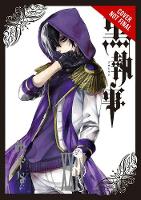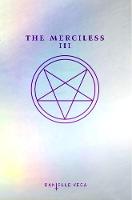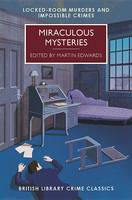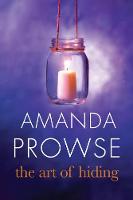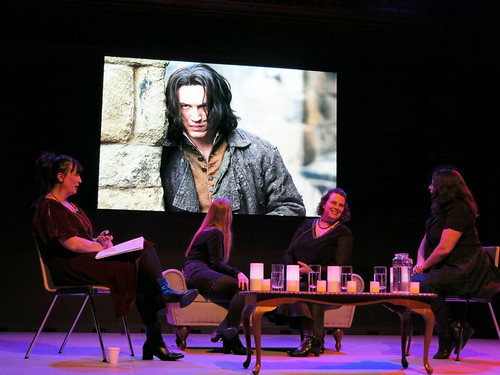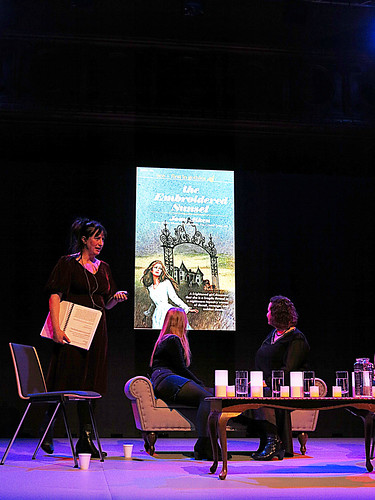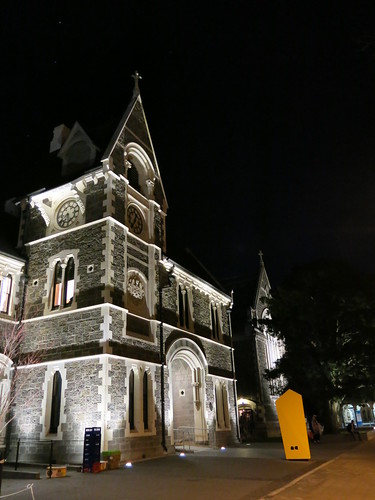Throughout the year, I’ve been eyeing up the book covers of Aotearoa in order to create an assemblage of the most beautiful, bright, and bold. Luckily there were plenty of tasty covers to feast upon.
 GOLD: Poūkahangatus by Tayi Tibble
GOLD: Poūkahangatus by Tayi Tibble
Cover art by Xoë Hall, published by Victoria University Press.
I had my eye on this one back in April, when VUP Books tweeted their cover reveal.The bold sexy colours! The snaky Medusa lettering!
https://twitter.com/VUPBooks/status/983896984242155520
This stunner of a cover is a perfect match for the badass fab poetry in Tayi’s collection.
I’ve had a look at more work by Xoë, and WOW WOW WOW. My eyes are so pleasured.
She designed that spectacular dress on the cover of Tami Neilson’s Sassafras record.
SILVER: Are friends electric? by Helen Heath
Cover by Kerry Ann Lee, published by Victoria University Press.
Helen Heath’s book is one of the year’s best; the poems are a compelling blend of earthy and intelligent. The beautiful tableau on its cover is by artist Kerry Ann Lee.
BRONZE: Go Girl. Oh Boy.
Go Girl: A Storybook of epic NZ women by Barbara Else. Illustrations by Ali Teo, Fifi Colston, Helen Taylor, Phoebe Morris, Rebecca ter Borg, Sarah Laing, Sarah Wilkins, Sophie Watson and Vasanti Unka.
Oh Boy: A Storybook of epic NZ men by Stuart Lipshaw. Illustrations by Ant Sang, Bob Kerr, Daron Parton, Elliot O’Donnell (aka Askew One), Fraser Williamson, Michel Mulipola, Neil Bond, Patrick McDonald, Toby Morris and Zak Waipara.
Both titles published by Puffin (Penguin Books New Zealand).
This pair of books are a stand out. The bright sturdy covers, the diverse range of historic and contemprary Kiwis depicted, and the illustrations by New Zealand’s finest. An all-ages joy.
BLACK AND WHITE AND READ ALL OVER
TYPOGRAPHICAL DELIGHTS
PERFECT SIMPLICITY
FACES FRONT AND CENTRE
GROUPS
BOOKS OF POETRY RULE THE COVERS SCHOOL
Browse more covers of New Zealand books published in 2018.
More best book covers
Best book covers of previous years
- Best book covers of 2017 – My pick of New Zealand’s finest
- Best book covers of 2016 – My pick of New Zealand’s finest
- Best book covers of 2015 – My pick of New Zealand’s finest
- Best book covers of 2014 – My pick of New Zealand’s finest
- Best book covers of 2013 – My pick of New Zealand’s finest
- The colourful book covers of 2012
- Best book covers of 2012 – New Zealand’s finest
For more on local book covers and design, see the PANZ Book Design Awards.














































































































